Setting Inspiration for Nonogawa
Today I'd like to give you a tour of the little town of Nonogawa (where my book Rise takes place) and share the inspiration behind it.
While I put Rise in a setting very similar to modern day Japan, I was hesitant to place the story in a real world location. In big cities, people accept that anything can happen, even wild mythical and magical phenomenon. But in a small town? I felt it might raise some hackles, and I didn't want to offend people from a culture and land that I've come to love as much as my own. Nonogawa was based on multiple towns, one of which I had the pleasure of visiting. Katsuyama (part of Maniwa) is in beautiful Okayama Prefecture, about three hours west of Osaka on the main island. I had the pleasure of visiting Katsuyama in October 2017 during my trip to Japan. I loved the friendliness of the locals, the mix of modern and traditional buildings, the surrounding steep forested hills, tasting yuzu sake, and visiting on the local festival day. Because of my trip, I knew I wanted Rise set in a small town in Okayama Prefecture. Many of the farming villages in Okayama are along mountain river valleys, so kawa or gawa (川 - river) would be part of the name. After studying locales and verifying my choice didn't exist, I settled on Nonogawa (野々川) which could be translated as Wild River or Field River. I love the traditional old buildings I'd seen, but not everyone lives in that style of house. They were meant to be aired out, not for modern conveniences like air conditioning and central heat. Towns seem to have sections of them.
Now you know the major places in Rise. Do you love the traditional houses and buildings like I do?
While I put Rise in a setting very similar to modern day Japan, I was hesitant to place the story in a real world location. In big cities, people accept that anything can happen, even wild mythical and magical phenomenon. But in a small town? I felt it might raise some hackles, and I didn't want to offend people from a culture and land that I've come to love as much as my own. Nonogawa was based on multiple towns, one of which I had the pleasure of visiting. Katsuyama (part of Maniwa) is in beautiful Okayama Prefecture, about three hours west of Osaka on the main island. I had the pleasure of visiting Katsuyama in October 2017 during my trip to Japan. I loved the friendliness of the locals, the mix of modern and traditional buildings, the surrounding steep forested hills, tasting yuzu sake, and visiting on the local festival day. Because of my trip, I knew I wanted Rise set in a small town in Okayama Prefecture. Many of the farming villages in Okayama are along mountain river valleys, so kawa or gawa (川 - river) would be part of the name. After studying locales and verifying my choice didn't exist, I settled on Nonogawa (野々川) which could be translated as Wild River or Field River. I love the traditional old buildings I'd seen, but not everyone lives in that style of house. They were meant to be aired out, not for modern conveniences like air conditioning and central heat. Towns seem to have sections of them.
Let Me Take You on a Short Tour
First stop is TaniMart, where the story starts. Umeji Tatsuya, our main character, works here. His favorite foods sold here include tonkatsu bentos (breaded fried pork lunch box), curry cheese donuts, wasabi rice cracker snacks, and strawberry Ramune soda. (Don't knock the curry cheese donuts until you try them. They are amazing!)
Across the street is Hotaru Park, a popular place to go for lunch breaks and walks. The town holds most events here.
Nakamura Hisako's house is in the east-side traditional district. There are twin pines that look like sentinels guarding the house. Nakamura's house is much larger than Satou's, and she keeps the place immaculate.
Next up is Satou Kazuo's house and the shrine tucked into the hillside across the way. Both are just outside of Nonogawa. Umeji loves the house' traditional style bath, view of the fields and hills, and the little nearby shrine.
A must see is Tsukaji Temple, at the top of Mt. Yaritake. Be prepared for a steep hike, but the view is worth it! It's also the best place in the Nonogawa River Valley to get talismans. 

Temple by Freepik
Our last stop on the tour is Nagashima Brewery, which pulls its water from the crystal clear Nonogawa River. On the top floor of the brewery is the most popular bar in town. They also serve Teishoku for lunches. The brewery claims to make the best peach sake and takes reserve orders more than a year in advance.
Find Out More About the Liminal Chronicles
Check out the Liminal Chronicles series to learn about the characters, location, races, lore, and free stories related to the book.
Want to Read Rise?
Rise is available at these retailers in ebook and paperback format. An audiobook is expected to follow after launch.
You can read the first two chapters of Rise, by clicking on the cover below.
About the Author
Amy is a former programmer turned author after her first trip to Japan in 2017. Now she writes Japanese myth-based urban fantasy to reconnect with the country and culture that captured her heart. She lives in South Dakota with her supportive husband, two wonderful kids, and three wily and crazy ferrets.
You can read more about her and find the occasional ferret picture at amywintersvoss.com.
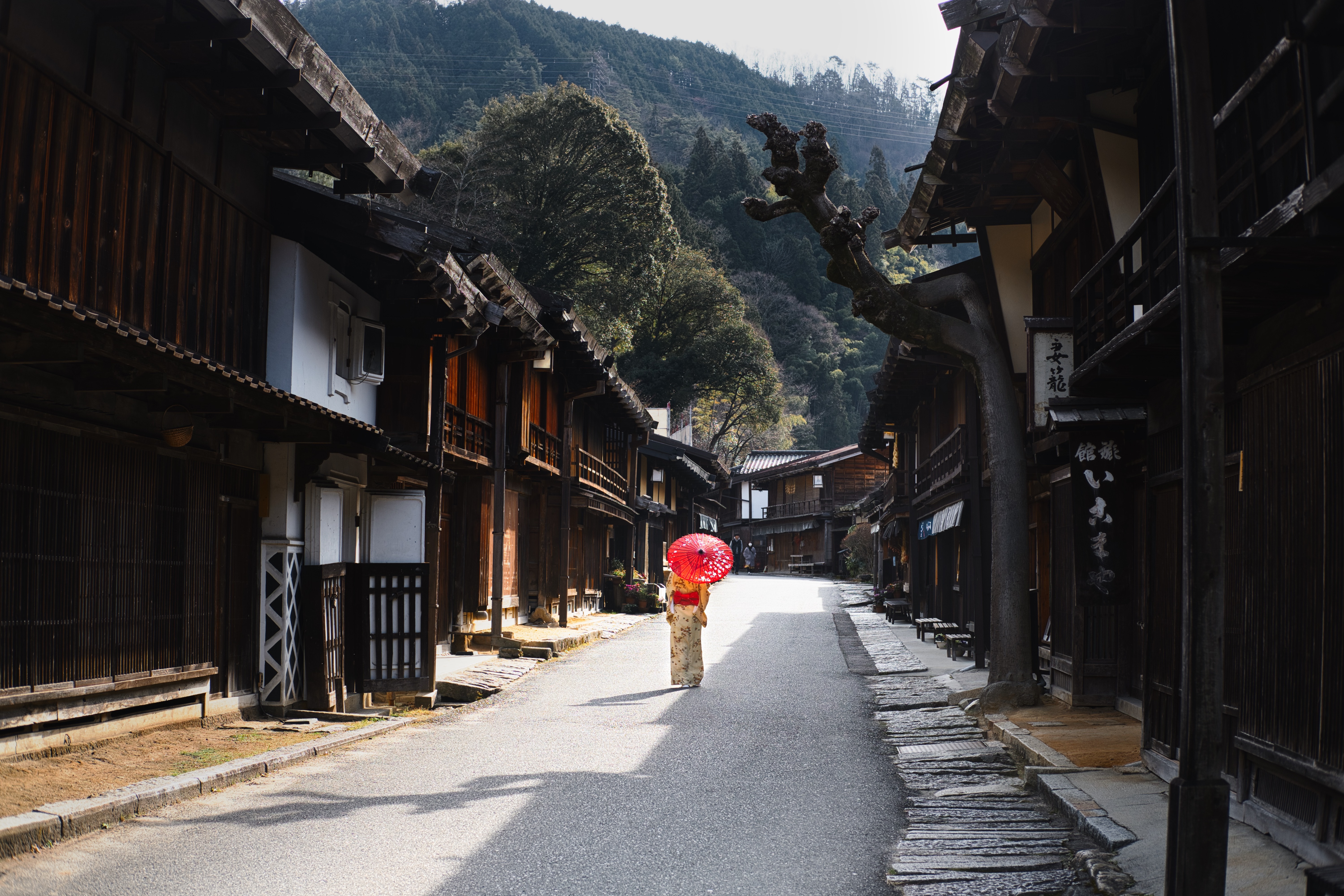
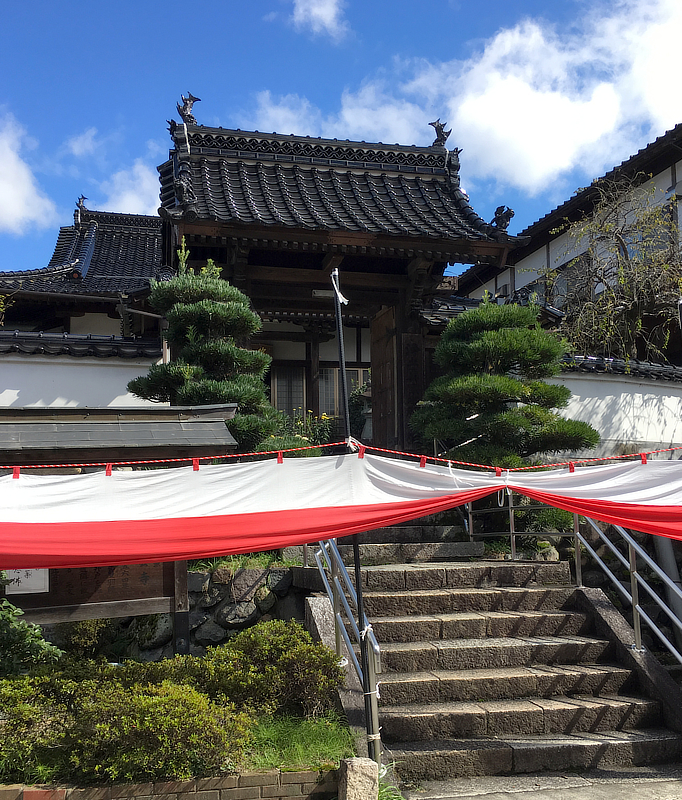

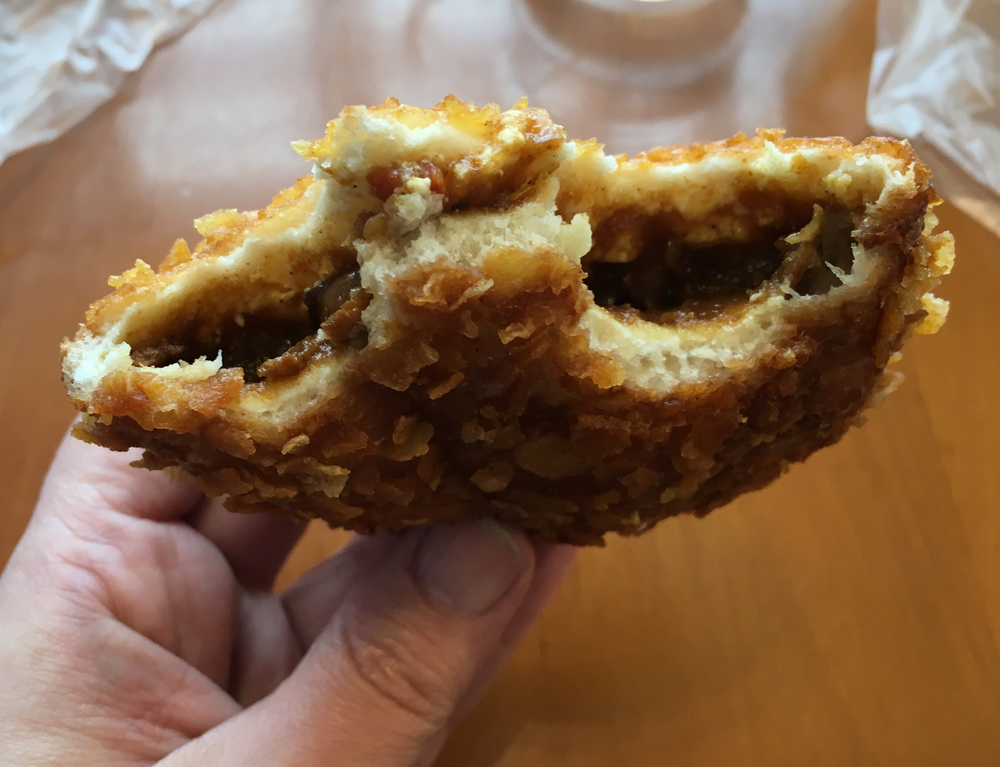
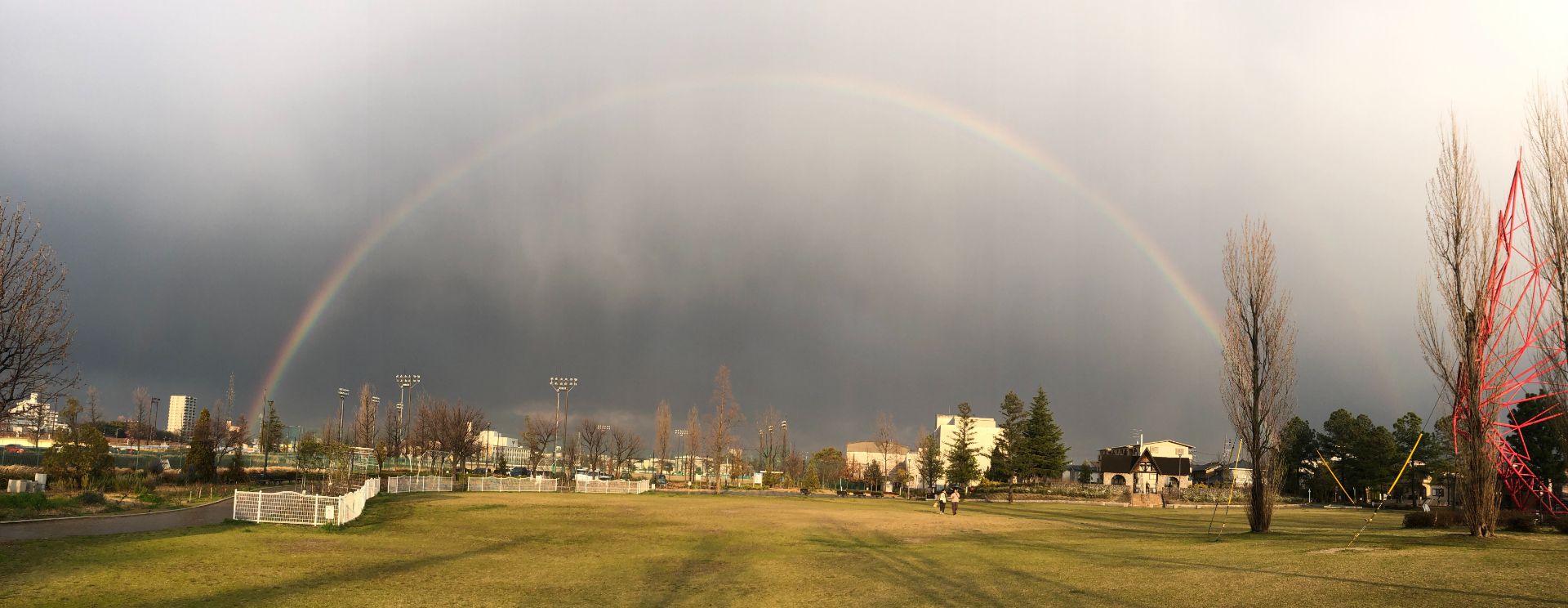


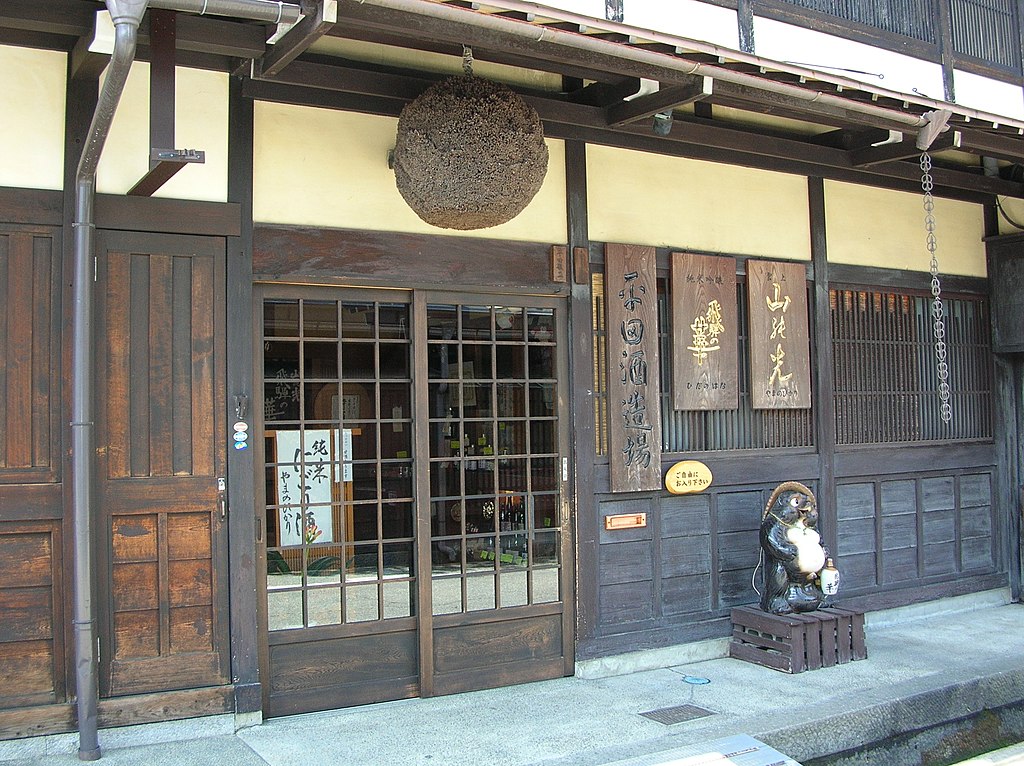
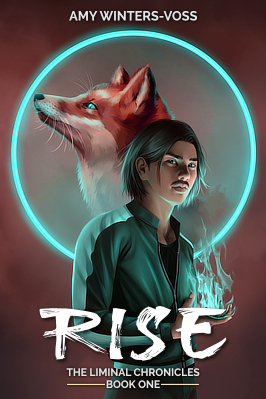


Comments